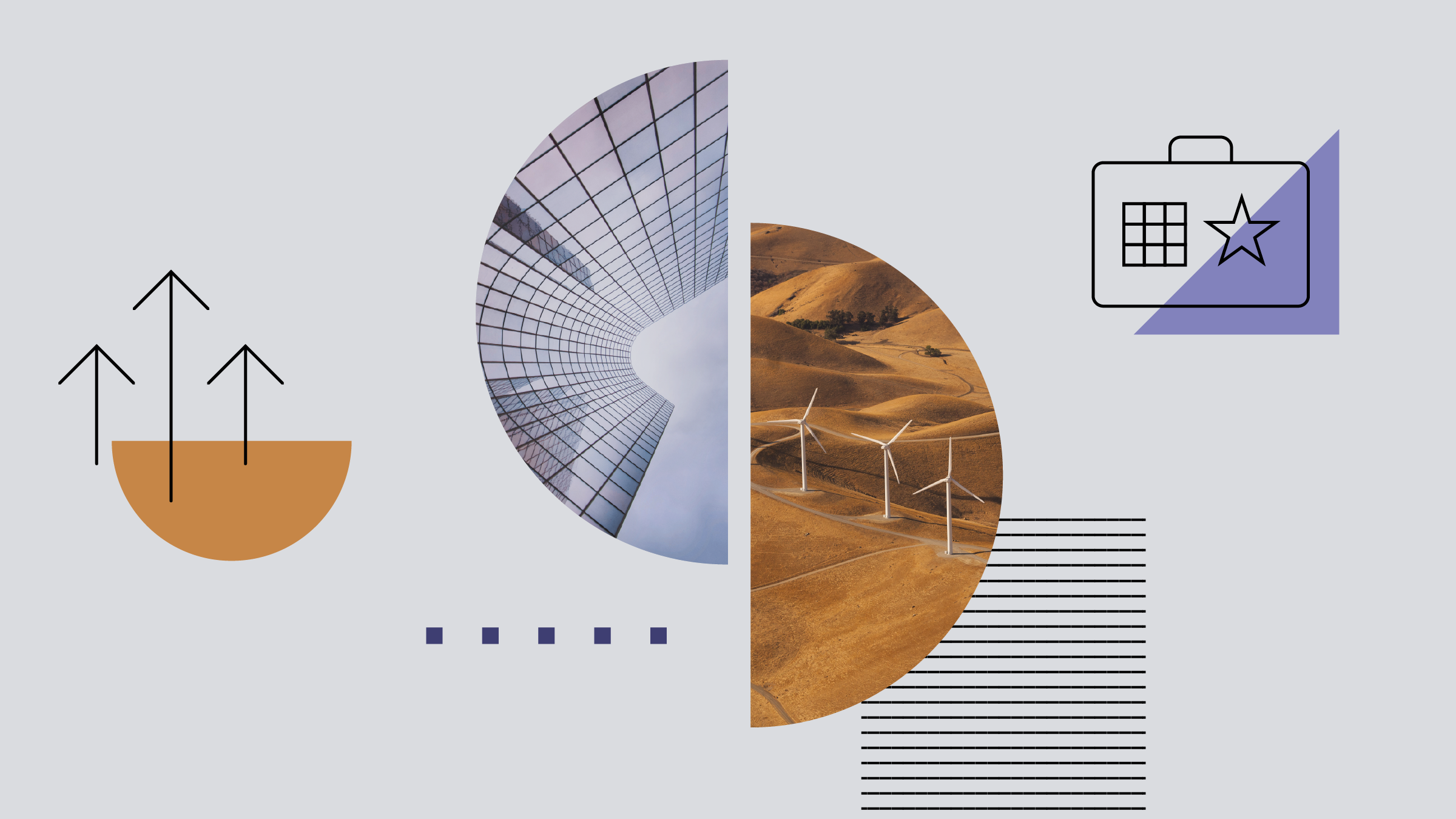Rolle im Portfolio
The fund provides exposure to India’s largest equities. As with all single country emerging markets ETFs, this fund would be best deployed as a tactical tool within a well-diversified portfolio. However, would-be investors should be aware that increased correlation with international stock markets over the past years has made this ETF less beneficial from a diversification point of view.
What makes Indian equities a particularly attractive investing proposition, in comparison with other emerging economies, are its demographic advantage and an economy fuelled by entrepreneurship and bottom-up innovation. Demographically, the median age in India is 26, and large segments of the population are well educated and speak English.
Investors should keep in mind that the Indian equity market is still lacking transparency, however. The country does not permit free access to its market by controlling capital on the Rupee and on foreign investment. Many Indian companies have structural issues as either their founders or India’s long-established business families hold controlling stakes; resulting in corporate governance issues. The very complex ownership structure of companies with widespread pyramiding, cross-holding and use of non-public trusts is particularly far from transparent. In addition, accounting rules are yet to be up to international standards. Nevertheless, transparency has improved massively over the years.
This ETF does not distribute dividends, and is therefore not suitable for income-seeking investors.
Fundamentale Analyse
The Indian equity market, as measured by the MSCI India index, in USD, has outperformed the broader MSCI Emerging Markets index by 2.1% n an annualized basis for the past 10 years to end H1 2015. In the past year alone, Indian equities have posted an excess return of almost 7% buoyed by increased political stability, improved business confidence and lower commodity prices.
Following a GDP growth slowdown to around 4.5% per annum in the period 2012-2014, it has rebounded to 5.5% in the first half of 2015, with rising exports and industrial output as key drivers. In addition, government measures to reduce inflation, such as limiting increases in agricultural procurement prices, in combination with lower oil prices have helped improved near-term growth prospects. The resulting sizeable increase in capital inflows and the appreciation of the rupee have led equity markets higher. According to the World Bank, the Indian economy is expected to rise by 7.5%-8%, in 2016-2018.
The Reserve Bank of India’s (RBI) tight monetary stance has aided in bringing inflation down. The introduction of a flexible inflation targeting framework has made the RBI much more reactive to changes in the inflation outlook. Nonetheless, in order to achieve stable price levels in the medium term, the RBI’s tight monetary policy stance needs to be complemented with ongoing structural reforms, which is the government’s remit.
On this front, following its decisive 2014 election victory, the government of PM Modi is pursuing ambitious development goals aiming to unlock India’s investment potential and boost GDP growth potential. This development agenda, known as “Vision 2022”, seeks to ensure employment, access to housing, basic utilities, healthcare and education for the entire population by 2022.
The strategy also entails a series of reforms to promote durable and stable economic growth. Measures include enhanced liberalisation of foreign direct investments, simplified and lower corporate taxation and increased government spending in infrastructure. Meanwhile, technological advances are expected to increase the efficiency in the delivery of social benefits. For example, biometric based identification is being extended to cover the entire population, and as a result more individuals now have access to banking services.
Indexkonstruktion
The S&P CNX Nifty Index provides exposure to Indian equities, representing the largest and most liquid stocks in the country. The index is market capitalisation weighted, including 50 of the 935 stocks listed in the National Stock Exchange of India Ltd (NSE). This represents approximately 65% of the overall market capitalisation of the country. The constituents are spread across over 20 sectors. The index thus offers well-diversified access to the Indian stock market. In terms of sector exposure financials (30-36% of the index’s value) is the biggest allocation, followed by information technology (15-20%) and energy (10-12%). The index is top heavy, with the top ten constituents representing approximately 50% of the index’s value. Amongst these we find HDFC Bank (7-10%), Housing Dev Finance Corp (5-8%) and Infosys (5-8%).
Fondskonstruktion
The db x-trackers S&P CNX Nifty ETF uses swap-based replication to track the performance of the S&P CNX Nifty Index. The fund uses investors’ cash to buy a substitute basket of securities, while simultaneously entering into an unfunded swap agreement with parent company Deutsche Bank AG. Under the terms of the swap, the counterparty agrees to provide the fund with exposure to the total return of the underlying index, net of any associated taxes, costs, or fees, in exchange for the return on the substitute basket. db x-trackers provides full transparency on the substitute basket. At the time of writing, it was made up primarily of US, German and Dutch equities, and its total value was 110.96% of the fund’s net asset value. The swap is reset to zero whenever there is a creation or redemption in the fund or the maximum swap exposure exceeds 5% of the fund’s prevailing NAV.
Gebühren
db x-trackers charges a 0.85% total expense ratio (TER) for the ETF. This falls in the upper range of ETFs tracking the Indian stock market. Other potential costs associated with holding this fund which are not included in the TER include swap spreads, bid-ask spreads and brokerage fees.
Alternativen
The Lyxor MSCI India ETF is the clear market leader in AUM terms. Competing funds lag in size, but most of them levy lower annual management charges.
Alternative ETFs are tracking mainly MSCI indices – db x-trackers (synthetic; 0.75%), Amundi (synthetic; 0.79%) and Lyxor (synthetic; 0.85%).
















